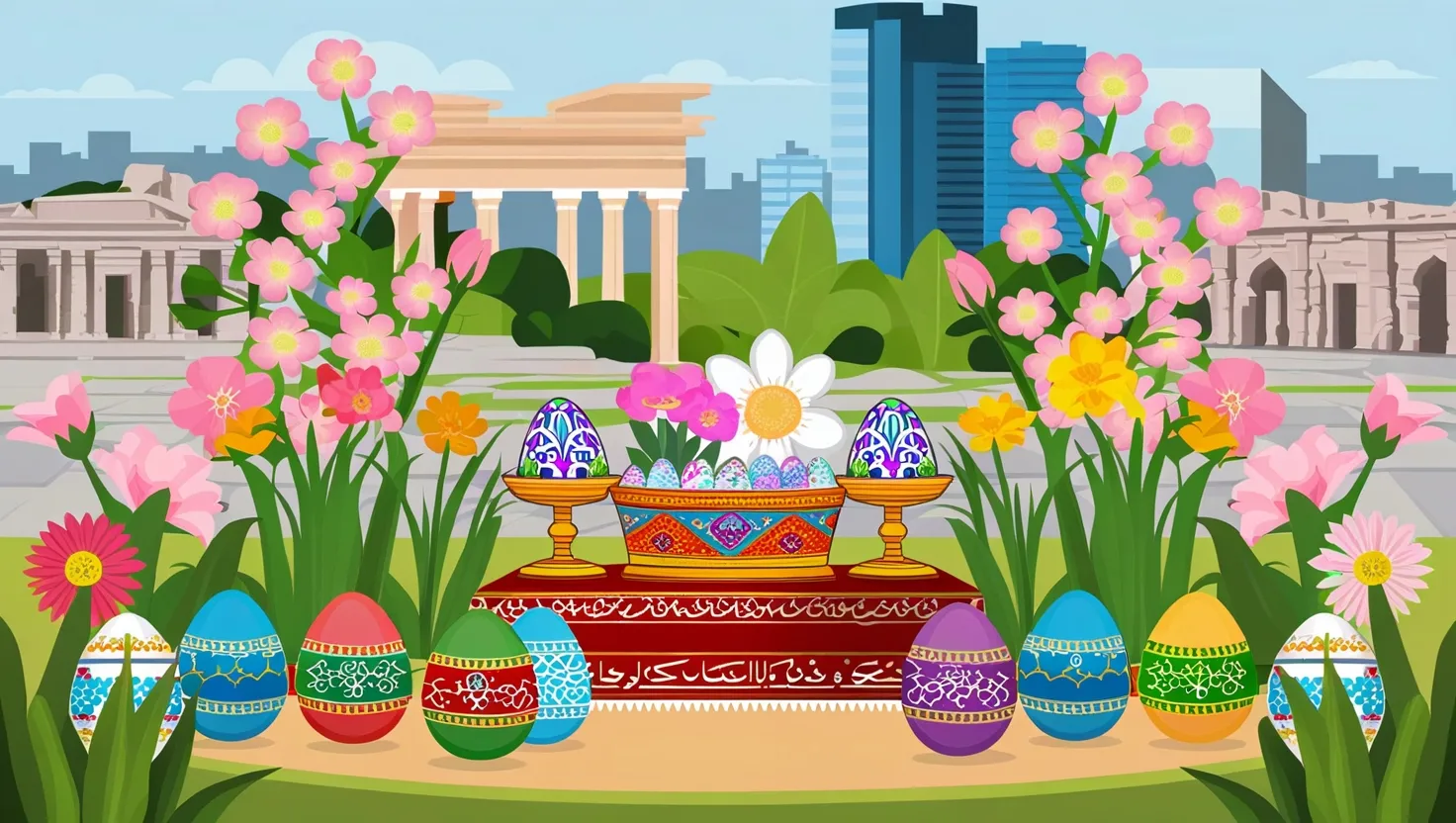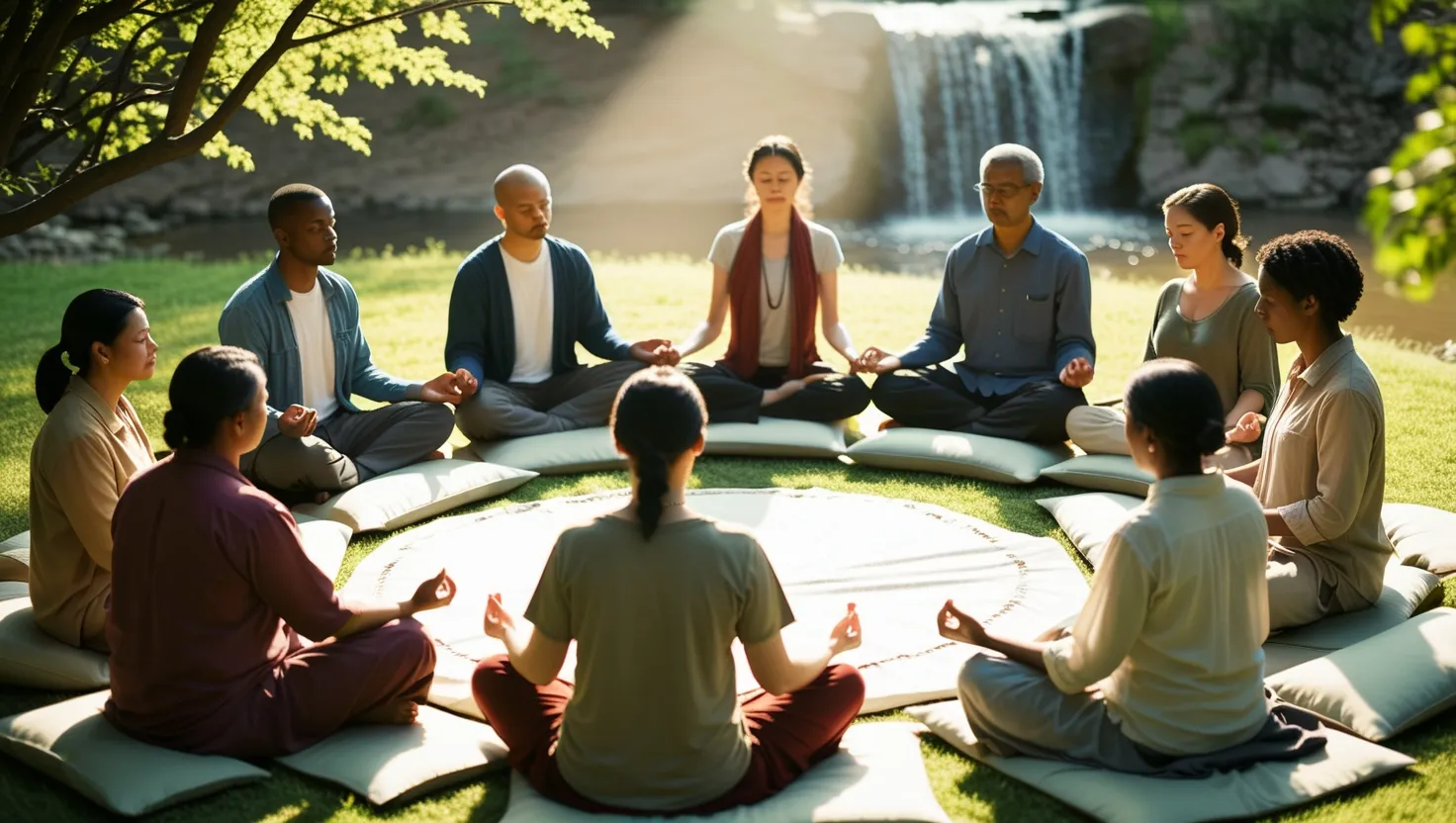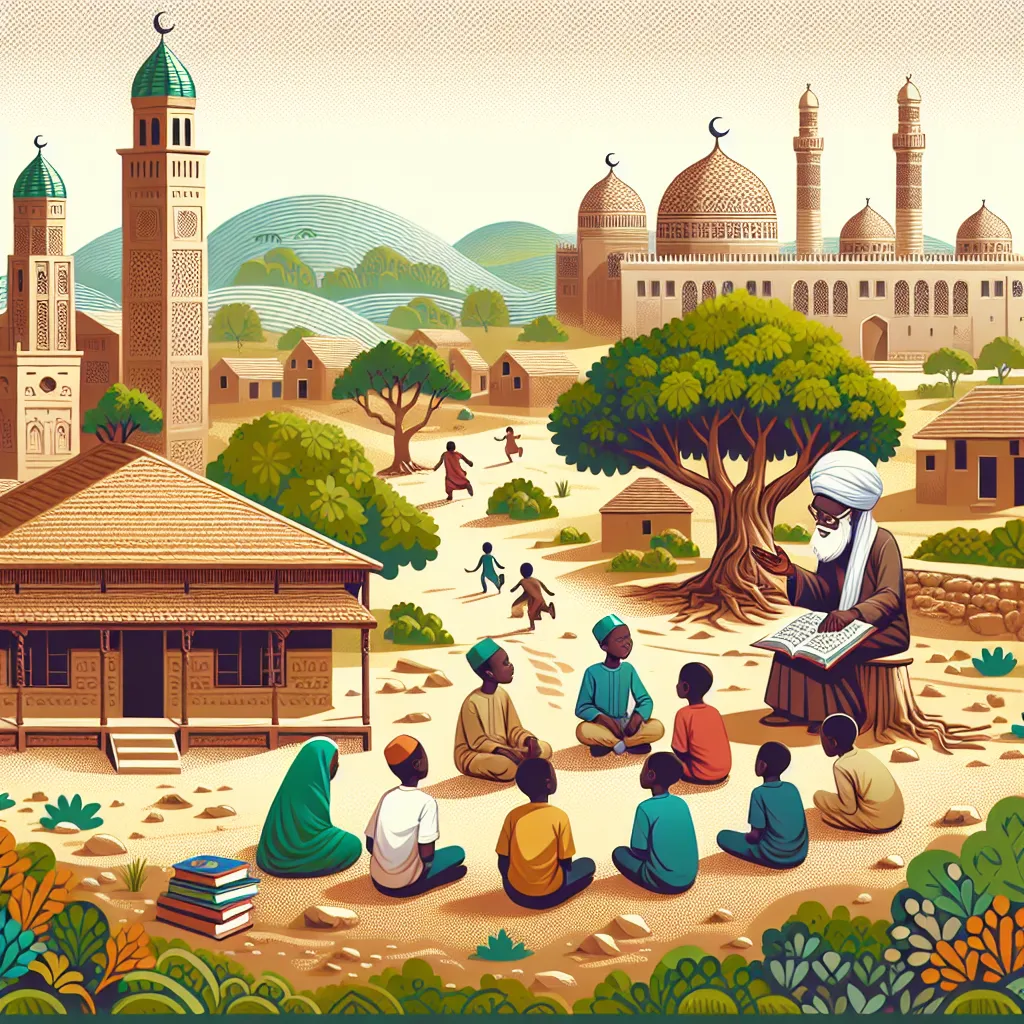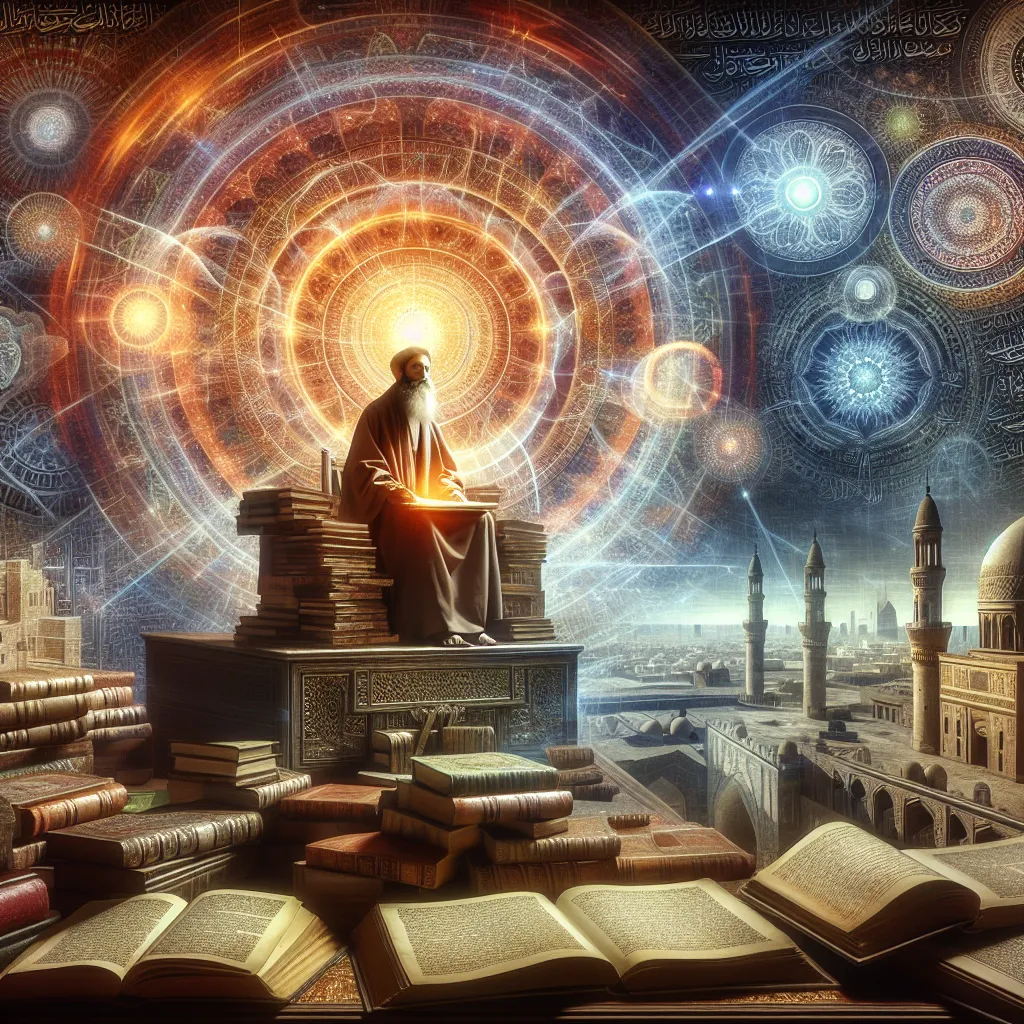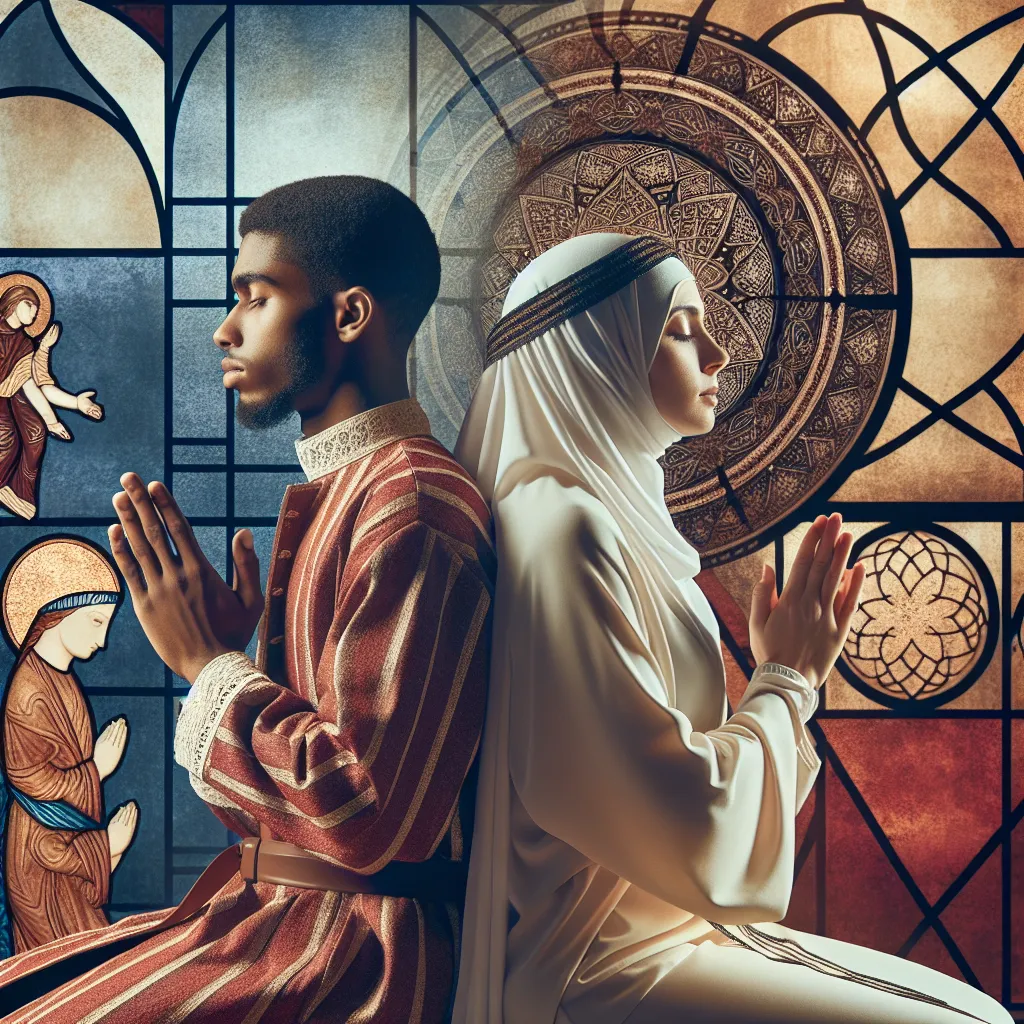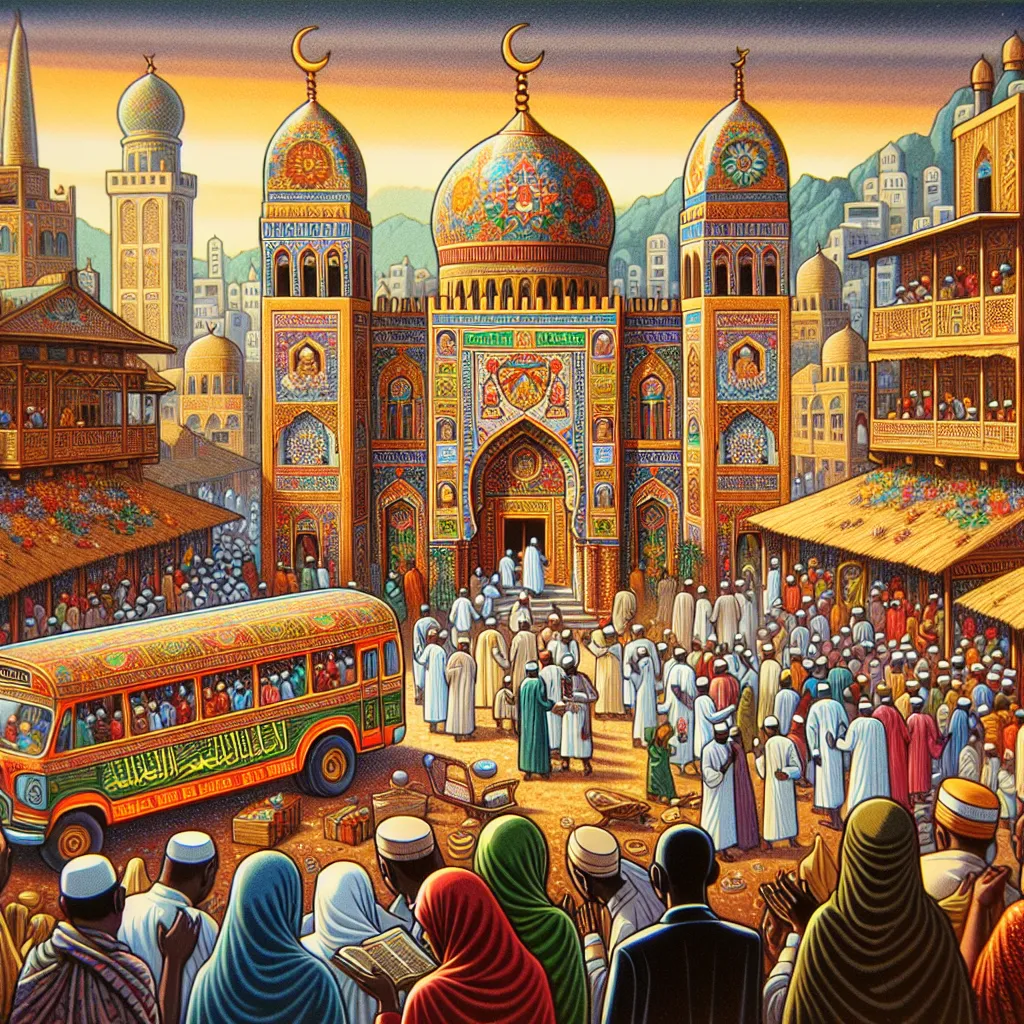As the world welcomes the arrival of spring, a vibrant and ancient festival comes alive in many parts of Central and Western Asia. Nowruz, meaning “new day” in Persian, is a celebration that marks the vernal equinox and the beginning of the new year on the Persian calendar. This festival, deeply rooted in Zoroastrianism, has evolved over millennia, blending religious symbolism with cultural practices that resonate across diverse communities.
Nowruz is more than just a festival; it is a time of spiritual renewal and a celebration of the triumph of good over evil. In Zoroastrian mythology, the vernal equinox signifies the return of Rapithwin, the Spirit of Noon, who is driven underground by the Spirit of Winter during the cold months. As spring arrives, Rapithwin is welcomed back with joy and festivities, symbolizing the victory of light and warmth over darkness and cold.
The preparations for Nowruz begin weeks in advance. In Iran, families engage in thorough house-cleaning, known as khaneh takani, to purify their homes and prepare for the new year. This period is also marked by the growth of sabzeh, sprouts of wheat, barley, mung beans, or lentils, which symbolize rebirth and renewal. These sprouts are meticulously cared for and eventually placed on the haft-sīn table, a central feature of Nowruz observance.
The haft-sīn table is a masterpiece of symbolic arrangement, featuring seven items that start with the Persian letter ‘s’. These include sabzeh for rebirth, sib (apples) for health and beauty, senjed (dried oleaster berries) for wisdom and rebirth, samanu (wheat pudding) for strength and justice, somaq (sumac) for patience, serkeh (vinegar) for age and patience, and seer (garlic) for cleansing. Additional items like mirrors for reflection, candles for holy fire, and decorated eggs for fertility are also included, each carrying its own significance in the context of the new year.
Nowruz is not just a family affair but a communal celebration. The Tuesday evening before Nowruz, known as Chahārshanbeh Sūrī or Scarlet Wednesday, is a time for symbolic rituals. People jump over bonfires, chanting “Give me your red colour, take my yellow colour,” a tradition that symbolizes the exchange of health and warmth for sickness and cold. This evening also features qashoq zani, where children bang spoons on cooking pots and knock on neighbors’ doors to receive sweets.
The arrival of Nowruz is heralded by street performers, notably Haji Firooz, who wear colorful outfits and blacken their faces with soot. These characters are part of Iranian folklore and represent a blend of ancient and modern traditions. Haji Firooz is often seen as a guardian of the eternal flame of the ancient Zoroastrians or, in another version, as a black slave who entertained during the New Year in the Sassanid period.
The festival itself is a time of feasting, visiting family and friends, and exchanging gifts. Traditional meals are prepared, often featuring dishes like sumalak, a thick pudding made from wheatgrass, and Nooruz Kedje, a soup made from bull’s meat in Kyrgyzstan. Cultural performances, including music, poetry readings, and traditional sports like horse racing and wrestling, are integral to the celebrations.
Nowruz is celebrated by a wide range of cultures, from the Kurds across Iraq, Iran, Turkey, Syria, and Armenia, to communities in Central Asia and South Asia. Each region adds its unique twist to the celebrations while maintaining the core spirit of renewal and joy. In Kyrgyzstan, for example, the festivities include public ceremonies and competitions between epic storytellers known as Akayns, who improvise tales about Nowruz.
The festival lasts for thirteen days, culminating in Sīzdah Bedar, or “getting rid of 13,” a day when people head outdoors for picnics and symbolically dispose of the sabzeh they had grown, returning it to nature. This final day marks the end of the new year holiday festivities and is a time for reflection and looking forward to the new year.
Nowruz serves as a powerful symbol of cultural resilience and heritage. Despite its ancient roots in Zoroastrianism, the festival has adapted to various religious and cultural influences over the centuries. It is celebrated by Muslims, Christians, Jews, and people of other faiths, each adding their own layer of meaning to the celebrations. For Persian Americans, Nowruz is a connection to their ancestral homeland and a celebration of their cultural identity.
In modern times, Nowruz continues to play a significant role in preserving Persian heritage. It is a time when families come together, not just to celebrate the new year but to reconnect with their roots. The festival’s emphasis on renewal and rebirth resonates universally, making it a celebration that transcends borders and cultures.
For younger generations, Nowruz is not just a tradition but a way to connect with their past while embracing the present. In Iran, young people have been at the forefront of cultural and political movements, using Nowruz as a symbol of resistance and resilience. The festival’s ability to blend ancient traditions with modern practices ensures its continued relevance in a rapidly changing world.
As the world celebrates Nowruz, it is a reminder of the enduring power of cultural traditions. This ancient festival, with its rich tapestry of rituals and symbolism, continues to inspire and unite people across diverse backgrounds. Whether you are in Iran, Kyrgyzstan, or any other part of the world where Nowruz is celebrated, the spirit of renewal and joy that it embodies is a universal language that everyone can understand and appreciate.
In the end, Nowruz is more than just a festival; it is a celebration of life, renewal, and the human spirit. As we welcome the spring equinox and the new year, we are reminded of the importance of tradition, community, and the universal desire for renewal and happiness. Whether you are part of the Zoroastrian community or simply someone who appreciates the beauty of cultural celebrations, Nowruz offers a unique and enriching experience that connects us all to our shared human heritage.
